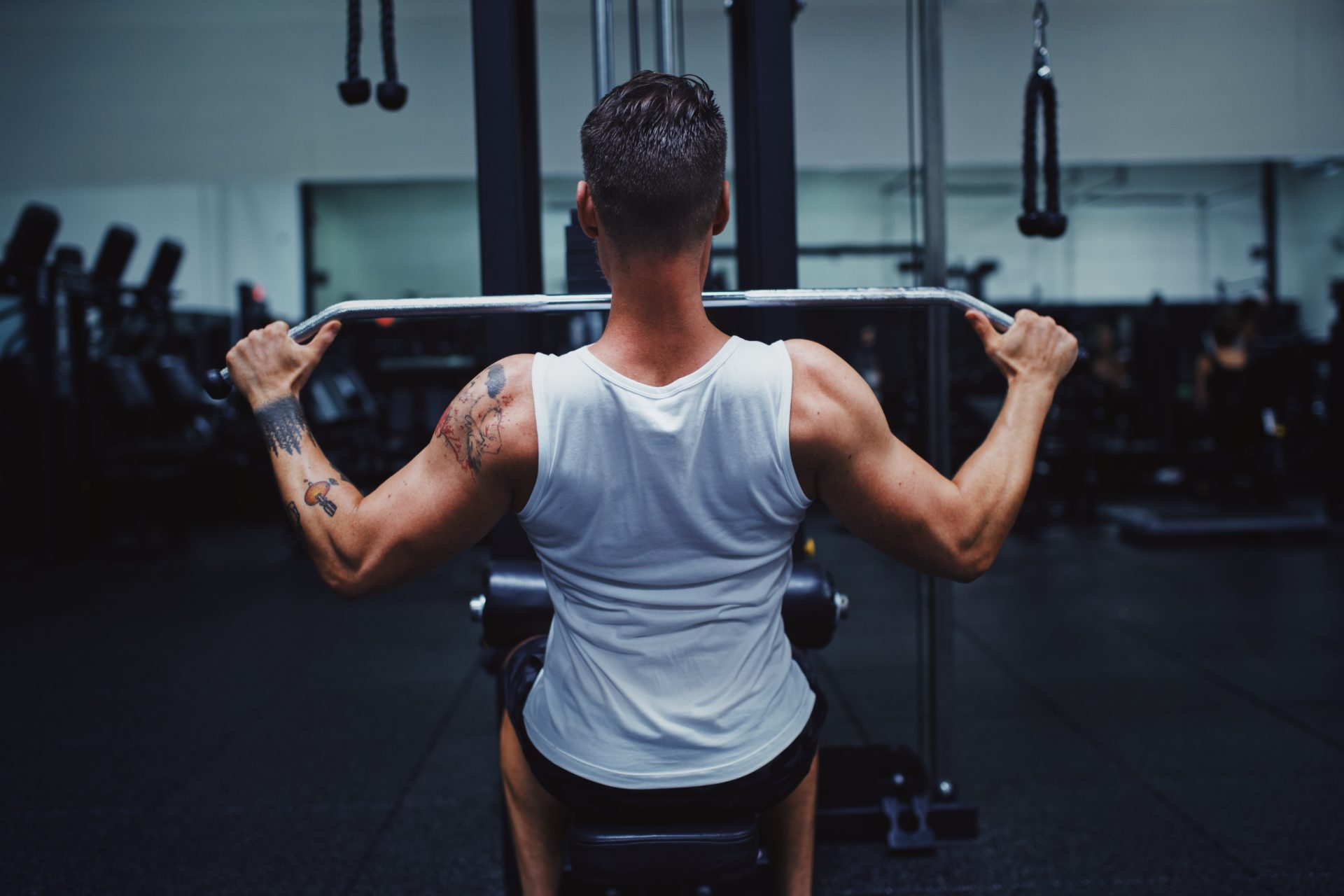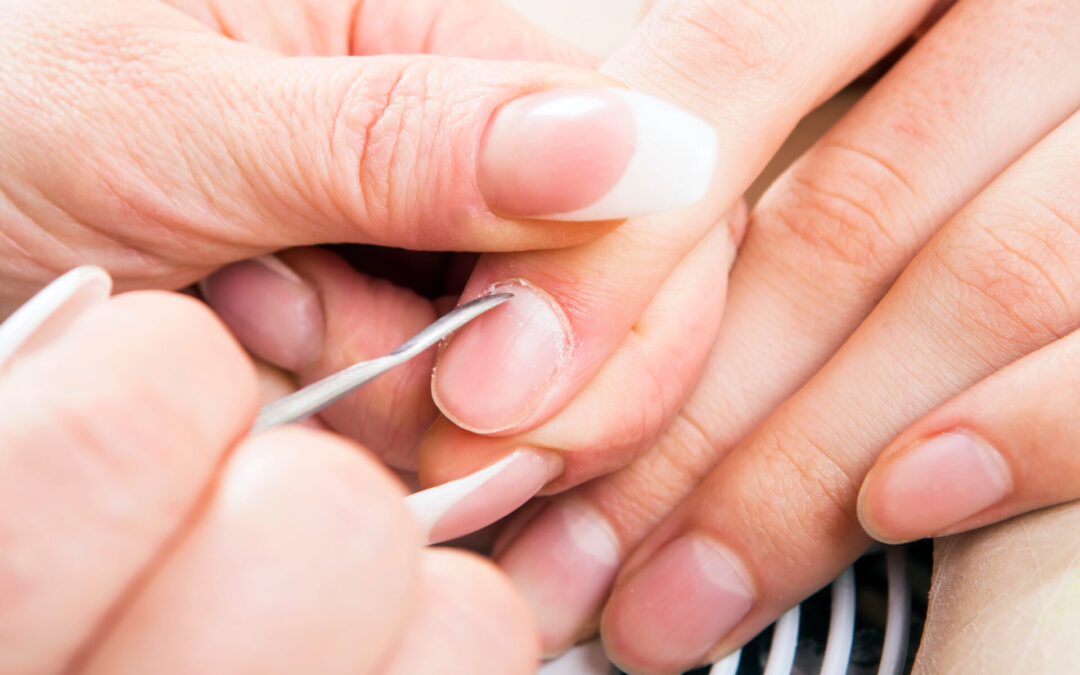A well-rounded fitness routine should include exercises that target all major muscle groups. When it comes to upper body workouts, focusing on your back and biceps is essential for developing a balanced physique. This article will guide you through an effective back and bicep workout, incorporating essential exercises that will help you build strength and definition to achieve that head-turning look.
Why a Back and Bicep Workout Makes Sense
Working out your back and biceps on the same day is a popular and effective combination. Both back and bicep exercises are “pull” workouts for the upper body. Training them together allows for maximum recovery between workouts. With a proper routine, you can effectively focus on all the major muscles in your back and bis to improve your upper body strength.
How to Do Reverse Bicep Curls With Barbell
Different Variations You Can Try
There are several variations you can incorporate to keep your routine fresh, challenge your muscles in new ways, and prevent boredom. For instance, you can change your grip by using a reverse, narrow, neutral, or wide grip. Or, perform double or single arm variations, or alternate sides. Feel free to experiment with variations, mix and match them, and find what works best for your body and goals.
Start With Back Exercises
For the most effective back and bicep workout, start with back exercises. The back is a much larger and stronger muscle group, so working them first is best. Doing the reverse may tire the bicep muscles and limit the weight you can lift during your back workout.
1. Pendlay Row
The Pendlay Row is a compound exercise that primarily works the upper back muscles, including the lats, rhomboids, and traps. Use a barbell or dumbbell for this exercise. To achieve the perfect Pendlay Row form, follow these tips.
Complete 4 sets of 10-15 reps.
- Start by standing with your feet shoulder-width apart, knees slightly bent, and a barbell resting on the floor in front of you.
- Bend your knees and hinge at the hips to grasp the barbell with an overhand grip, hands slightly wider than shoulder-width apart.
- Keep your back straight, engage your core, and pull the barbell towards your chest while maintaining a neutral spine.
- Pause briefly at the top of the movement, squeezing your shoulder blades together, then lower the weight back to the starting position.
- Focus on pulling with your back muscles as opposed to lifting with your arms. Tap into that mind-to-muscle connection.
2. Cable Lat Pulldown
The Cable Lat Pulldown is an excellent exercise for targeting the latissimus dorsi (lats), which are the largest muscles in your back and also help to give you that nice V-shape taper and thin waist look. It also engages the biceps and other supporting muscles.
Complete 4 sets of 12-16 reps.
- Sit facing a cable machine with your knees secured under the pads, and grasp the wide bar with an overhand grip, hands wider than shoulder-width apart.
- Keep your back straight and lean back slightly. Start with your arms extended fully overhead.
- Pull the bar down towards your chest, focusing on engaging your lats and squeezing your shoulder blades together.
- Slowly release the bar back to the starting position, allowing your arms to extend fully so you feel the stretch at the top.
Variations of the cable lat pull include the single arm or standing lat pulldown. Or, change up your grip with a reverse, neutral, wide, or narrow grip lat pulldown. You can even use different handles like the double-D or sideways grip bar.
3. Low Cable Rows
Low Cable Rows primarily target the middle and lower back muscles (mainly rhomboids and lower lats), helping to improve posture and overall back strength.
Complete 4 sets of 10-15 reps
- Begin by setting up a cable machine with a low pulley attachment.
- Face the machine, and while holding a handle in each hand, take a few steps back to create tension on the cables.
- Position your feet shoulder-width apart, knees slightly bent, and maintain a slight forward lean from the hips.
- Initiate the movement by retracting your shoulder blades, pulling your elbows back, and driving them towards your sides.
- Squeeze your back muscles at the peak of the contraction, then slowly extend your arms back to the starting position. Feel the stretch as you retract back and repeat.
4. Dumbbell Shrugs
Dumbbell Shrugs target the upper trapezius muscles, which are responsible for shrugging or elevating the shoulders.
Complete 3 sets of 15-20 reps
- Stand with your feet shoulder-width apart and hold a dumbbell in each hand by your sides, palms facing your body.
- Keep your back straight and core engaged throughout the exercise.
- Elevate your shoulders towards your ears while keeping your arms straight.
- Hold the contracted position briefly, then lower your shoulders back down in a controlled manner.
- Focus on keeping your shoulders back so you are working the large portion of your traps, as opposed to hands and shoulders forward where not as much of the muscle gets hit.
Finish With the Bicep Exercises
To finish your back and bicep workout, incorporate these bicep exercises into your routine. This list includes bicep exercises with dumbbells and curl bar workouts.
Cable Bicep Curl
The Cable Bicep Curl is a fantastic exercise for isolating the biceps and building arm strength. For variation, try alternating bicep curls or reverse grip bicep curls.
Complete 3 sets of 12-18 reps
- Stand facing a cable machine with a straight bar attachment.
- Grasp the bar with an underhand grip, hands shoulder-width apart, and palms facing up.
- Keep your elbows tucked into your sides, shoulders relaxed, and your back straight.
- With controlled movements, curl the bar towards your chest, flexing your biceps.
- Pause at the top of the movement, then slowly lower the bar back to the starting position.
Seated Hammer Curls
Seated Hammer Curls target the biceps brachii and engage the brachialis and brachioradialis muscles, promoting balanced arm development. In addition to seated hammer curls, you can also try incline hammer curls.
Complete 3 sets of 10-15 reps
- Sit on a bench with a dumbbell in each hand, arms fully extended by your sides, and palms facing each other.
- Keep your back straight, core engaged, and shoulders relaxed throughout the exercise.
- Curl the dumbbells towards your shoulders, maintaining a neutral grip.
- Squeeze your biceps at the top of the movement, then slowly lower the dumbbells to the starting position.
- You can do both arms at the same time or alternate. You can even do static alternating holds, where you bring one dumbbell up and hold it while you lift the other one. Once the other one is fully contracted up you hold it there and let the other arm back down.
Reverse Cable Curls
Reverse Cable Curls primarily target the brachioradialis, located on the outer side of the forearm, while also engaging the biceps. Use an EZ bar or straight bar for reverse grip cable curls.
Complete 3 sets of 12-18 reps
- Stand facing a cable machine with a straight bar attachment, and grasp the bar with an overhand grip, hands shoulder-width apart.
- Keep your elbows tucked into your sides, shoulders relaxed, and your back straight.
- Curl the bar upwards towards your shoulders, focusing on contracting the brachioradialis.
- Pause briefly at the top of the movement, then slowly lower the bar back down in a controlled manner.
Incorporating this back and bicep workout into your routine will help you develop a strong, defined upper body and balanced weekly split. Remember to maintain proper form, gradually increase the weights as you progress, and listen to your body to prevent injury. For optimal Arnold-like results, combine this workout with a balanced nutrition plan. Stay committed, be consistent, and enjoy the rewards of a well-trained back and biceps!
Zoppler is reader supported and may earn affiliate commissions from links on this page. We support and believe in all the products and services we promote and are affiliated with.











